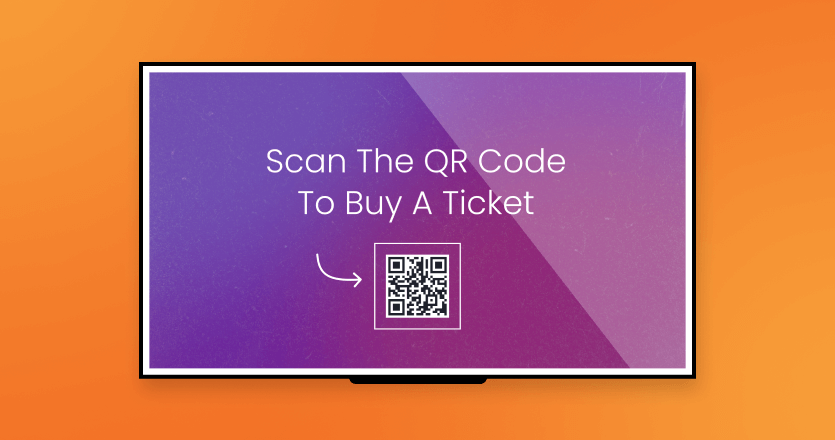Businesses and organizations face increasing pressure to improve efficiency and enhance customer experience. One critical area that directly impacts both is queue management. Waiting lines are inevitable in banks, hospitals, retail stores, or any service-oriented environment. To address this, many businesses turn to queue management systems (QMS).
What are queue management systems?
Queue management systems are technological solutions designed to control and streamline the process of customer waiting lines. These systems help manage the flow of customers, reduce wait times, and improve service efficiency. A QMS typically consists of both hardware and software components that work together to monitor, manage, and optimize queues.
Yodeck provides advanced QMS solutions that integrate digital signage with comprehensive management software for a smooth experience.
Key components of a QMS include:
- Ticket dispensers: Devices where customers can obtain a numbered ticket indicating their place in the queue.
- Digital displays: Screens that show the current serving number and other relevant information to guide customers.
- Call-forward systems: These systems notify the next customer in line to proceed to the service counter, integrated with the digital displays.
- Management software: The backbone of the system, it tracks and analyzes data related to customer flow, wait times, and service efficiency.

Why are queue management systems useful?
Queue management systems offer numerous benefits to both businesses and customers. Here’s why they are invaluable:
- Reduced wait times: By efficiently managing the flow of customers, QMS significantly reduces wait times. This is achieved through intelligent algorithms that optimize service order and resource allocation.
- Improved customer experience: Long wait times can lead to customer dissatisfaction. QMS enhances the customer experience by providing a more organized and predictable waiting process.
- Increased operational efficiency: QMS provides real-time data and analytics on customer flow and service performance. This information helps businesses make informed decisions, optimize staffing, and improve overall service efficiency.
- Enhanced fairness: QMS ensures a fair and transparent process where customers are served in the order they arrive, reducing disputes and complaints.
- Better resource management: By analyzing queue data, businesses can better allocate resources during peak and off-peak hours, ensuring optimal staff utilization and service delivery.

Building the best queue management system
Creating an effective queue management system involves several key steps and considerations. Here are the essential components to build the best QMS:
- Understanding customer needs: The first step is to understand your customers’ specific needs and expectations. Conduct surveys, gather feedback, and analyze customer behavior to identify pain points and preferences.
- Customizable solutions: The best QMS should be customizable to fit the unique requirements of different businesses and industries. This includes the ability to configure ticketing options, display messages, and service workflows. A one-size-fits-all approach rarely works.
- Scalability: As businesses grow, their customer management needs evolve. A scalable QMS can adapt to increased customer volume and additional service points without significant overhauls.
- User-friendly interface: The system should be easy to use for both customers and staff. Intuitive ticket dispensers, clear digital displays, and straightforward management software are crucial for smooth operation.
- Real-time data and analytics: Implementing robust data analytics capabilities allows businesses to monitor performance in real-time. Metrics such as average wait time, service duration, and customer feedback can provide insights for continuous improvement.
- Integration capabilities: The QMS should seamlessly integrate with other business systems such as Customer Relationship Management (CRM),
- Enterprise Resource Planning (ERP), and appointment scheduling software. This ensures a holistic approach to managing customer interactions.
- Mobile and remote access: Offering mobile and remote access to the queue system can greatly enhance convenience. Features like online ticketing, SMS notifications, and mobile app integration allow customers to join queues remotely and receive updates on their status.
- Reliable support and maintenance: A robust support and maintenance plan is essential to address any technical issues promptly. Regular updates and upgrades ensure the system remains efficient and secure.
Conclusion
Queue management systems have become an integral part of modern service-oriented businesses. By effectively managing customer flow, reducing wait times, and improving operational efficiency, QMS can significantly enhance both customer satisfaction and business performance. To build the best queue management system, businesses must focus on understanding customer needs, ensuring scalability, providing a user-friendly interface, leveraging real-time analytics, and integrating with other systems. With these elements in place, a QMS can transform the way businesses manage queues, leading to happier customers and more efficient operations.
For instance, Yodeck offers queue management solutions that exemplify these principles. It enables businesses to streamline customer service efficiently and demonstrates how technology can drive better business outcomes in a competitive landscape.
